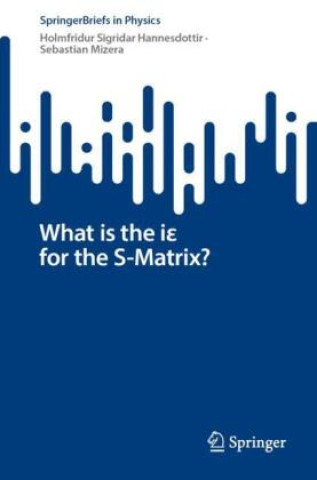
Code: 41464817
What is the i for the S-matrix?
by Holmfridur Sigridar Hannesdottir, Sebastian Mizera
This book provides a modern perspective on the analytic structure of scattering amplitudes in quantum field theory, with the goal of understanding and exploiting consequences of unitarity, causality, and locality. It focuses on th ... more
- Language:
 English
English - Binding: Paperback
- Number of pages: 165
Publisher: Springer, Berlin, 2023
- More about this

61.77 €

Low in stock at our supplier
Shipping in 10 - 15 days
Potřebujete více kusů?Máte-li zájem o více kusů, prověřte, prosím, nejprve dostupnost titulu na naši zákaznické podpoře.
Add to wishlist
You might also like
-

Lovesickness: Junji Ito Story Collection
21.29 € -12 % -

Real-Time Rendering, Fourth Edition
105.59 € -

The Road to Unfreedom
10.54 € -27 % -

People's Republic of Walmart
12.67 € -19 % -

The New York Times 36 Hours. Europe.
41.58 € -17 % -

Rock the Shack
44.73 € -

Nightfall
9.63 € -26 % -

With the Fire on High
9.12 € -26 % -

Flora
26.37 € -26 % -

Kraftwerk
10.95 € -23 % -

Jane Austen Embroidery
19.77 € -18 % -

Spellcasting Oracle Cards
17.13 € -18 % -

Leadership Is Language
23.22 € -18 % -

Fly Agaric
54.87 € -

Fly Me to the Moon, Vol. 8
9.02 € -22 % -

Batman: The Long Halloween Deluxe Edition
47.36 € -6 % -

Batman '89
20.18 € -22 % -

Twin Crowns
17.64 € -

Seven Moons of Maali Almeida
17.03 € -23 % -

A Good Girl's Guide to Murder Series Boxed Set
45.54 € -23 % -

Chip War: The Fight for the World's Most Critical Technology
25.15 € -23 % -

Villains Are Destined to Die, Vol. 2
16.42 € -22 % -

Choice Factory
16.53 € -22 % -

Postcards from Vogue
15.71 € -28 % -

Harry Potter and the Order of the Phoenix
19.06 € -22 % -
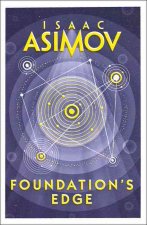
Foundation's Edge
11.15 € -22 % -

British Destroyers 1870-1935
45.33 € -28 % -

Oxford Modern English Grammar
25.55 € -16 % -

Last Gift
10.13 € -24 % -
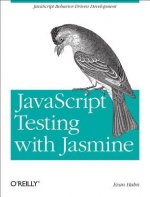
JavaScript Testing with Jasmine
17.54 € -

Marcel the Shell with Shoes on
19.06 € -10 % -

Poetry Handbook
12.26 € -33 % -
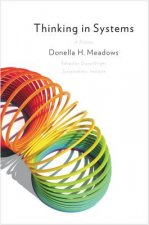
Thinking in Systems
18.66 € -22 % -

Beauty & the Beast
30.12 € -26 % -

Transcend
16.93 € -20 % -

UNIX and Linux System Administration Handbook
74.14 € -

10 Ten-Minute Bedtime Stories
13.28 € -23 % -

Classical World
36.92 € -

Descendants 2 Evie's Fashion Book
12.67 € -11 % -

Beginner's Guide to Sculpting Characters in Clay
27.79 € -24 % -

GOOD OMENS
10.74 € -4 % -

Lola Lago, detective
13.89 €
Give this book as a present today
- Order book and choose Gift Order.
- We will send you book gift voucher at once. You can give it out to anyone.
- Book will be send to donee, nothing more to care about.
More about What is the i for the S-matrix?
You get 154 loyalty points
 Book synopsis
Book synopsis
This book provides a modern perspective on the analytic structure of scattering amplitudes in quantum field theory, with the goal of understanding and exploiting consequences of unitarity, causality, and locality. It focuses on the question: Can the S-matrix be complexified in a way consistent with causality? The affirmative answer has been well understood since the 1960s, in the case of 2 2 scattering of the lightest particle in theories with a mass gap at low momentum transfer, where the S-matrix is analytic everywhere except at normal-threshold branch cuts. We ask whether an analogous picture extends to realistic theories, such as the Standard Model, that include massless fields, UV/IR divergences, and unstable particles. Especially in the presence of light states running in the loops, the traditional i prescription for approaching physical regions might break down, because causality requirements for the individual Feynman diagrams can be mutually incompatible. We demonstrate that such analyticity problems are not in contradiction with unitarity. Instead, they should be thought of as finite-width effects that disappear in the idealized 2 2 scattering amplitudes with no unstable particles, but might persist at higher multiplicity. To fix these issues, we propose an i -like prescription for deforming branch cuts in the space of Mandelstam invariants without modifying the analytic properties of the physical amplitude. This procedure results in a complex strip around the real part of the kinematic space, where the S-matrix remains causal. We illustrate all the points on explicit examples, both symbolically and numerically, in addition to giving a pedagogical introduction to the analytic properties of the perturbative S-matrix from a modern point of view. To help with the investigation of related questions, we introduce a number of tools, including holomorphic cutting rules, new approaches to dispersion relations, as well as formulae for local behavior of Feynman integrals near branch points. This book is well suited for anyone with knowledge of quantum field theory at a graduate level who wants to become familiar with the complex-analytic structure of Feynman integrals.
 Book details
Book details
Book category Books in English Mathematics & science Physics Particle & high-energy physics
61.77 €
- Full title: What is the i for the S-matrix?
- Author: Holmfridur Sigridar Hannesdottir, Sebastian Mizera
- Language:
 English
English - Binding: Paperback
- Number of pages: 165
- EAN: 9783031182570
- ID: 41464817
- Publisher: Springer, Berlin
- Weight: 271 g
- Dimensions: 235 × 155 × 10 mm
- Published: 2023
Trending among others
-

Modern Particle Physics
60.15 € -

Quantum Theory of Fields: Volume 1, Foundations
73.74 € -1 % -

Quantum Theory of Fields 3 Volume Paperback Set
180.66 € -

Quantum Theory of Fields: Volume 2, Modern Applications
81.25 € -
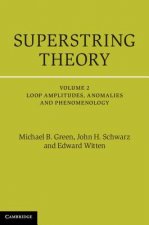
Superstring Theory
77.49 € -2 % -

Nanoparticles - Nanocomposites - Nanomaterials An Introduction for Beginners
51.83 € -10 % -
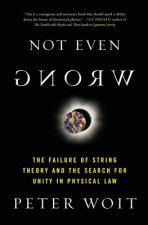
Not Even Wrong
28.70 € -
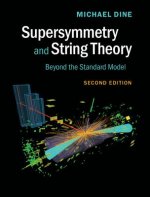
Supersymmetry and String Theory
117.56 € -

Modern Elementary Particle Physics
69.88 € -1 % -

Gauge Theory of Elementary Particle Physics
59.03 € -

Particle Physics
53.86 € -4 % -

Ideas of Particle Physics
51.62 € -

Introduction to Elementary Particles
69.17 € -12 % -
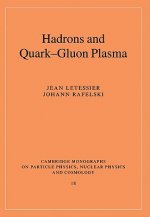
Hadrons and Quark-Gluon Plasma
114.01 € -
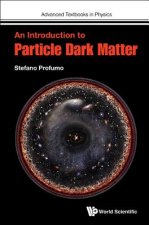
Introduction To Particle Dark Matter, An
52.74 € -

Particle at the End of the Universe
13.89 € -19 % -

Concepts of Elementary Particle Physics
60.25 € -

Introducing Particle Physics
9.32 € -28 % -

Gauge Theories in Particle Physics: A Practical Introduction, Fourth Edition - 2 Volume set
220.22 € -
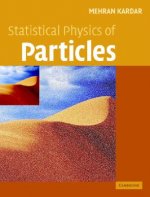
Statistical Physics of Particles
83.38 € -1 % -
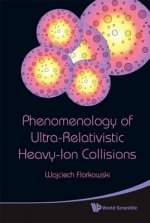
Phenomenology Of Ultra-relativistic Heavy-ion Collisions
129.43 € -

Basic Concepts of X-Ray Diffraction
84.59 € -9 % -

Primer on String Theory
44.02 € -

Electroweak and Strong Interactions
61.77 € -

Introductory Course of Particle Physics
129.43 € -

From Classical to Quantum Fields
87.13 € -

Deep Down Things
39.45 € -

Quantum Frontier
34.48 € -

Quantum Field Theory
77.29 € -

Trapped Charged Particles and Fundamental Interactions
61.77 € -

Philosophy of Particle Physics
24.94 € -
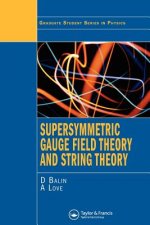
Supersymmetric Gauge Field Theory and String Theory
135.01 € -

Leptons and Quarks
188.78 € -
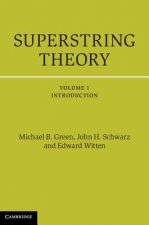
Superstring Theory
75.16 € -
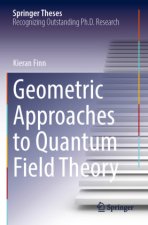
Geometric Approaches to Quantum Field Theory
220.12 € -

Introduction to String Theory and D-Brane Dynamics
88.35 € -

Introduction to the Relativistic String Theory
116.24 € -

Primer on String Theory
113.10 € -

Elementary Particle Physics V 2 - Foundations of the Standard Model
296.51 € -

Introduction to Particle Physics and the Standard Model
129.43 € -

Introduction to Elementary Particle Physics
110.97 € -
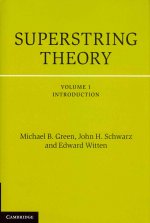
Superstring Theory 2 Volume Hardback Set
129.43 € -

Fundamentals of Particle Physics
75.87 € -

Neutron Imaging
176.40 € -
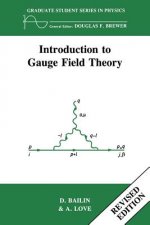
Introduction to Gauge Field Theory
129.43 € -
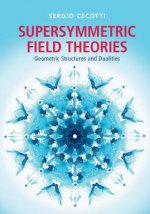
Supersymmetric Field Theories
65.93 € -15 % -
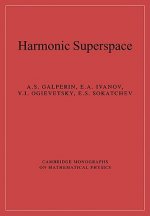
Harmonic Superspace
70.59 € -
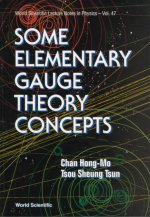
Some Elementary Gauge Theory Concepts
42.80 € -
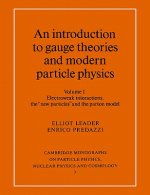
Introduction to Gauge Theories and Modern Particle Physics
127.91 €
Collection points Bratislava a 2642 dalších
Copyright ©2008-24 najlacnejsie-knihy.sk All rights reservedPrivacyCookies


 15549 collection points
15549 collection points Delivery 2.99 €
Delivery 2.99 € 02/210 210 99 (8-15.30h)
02/210 210 99 (8-15.30h)